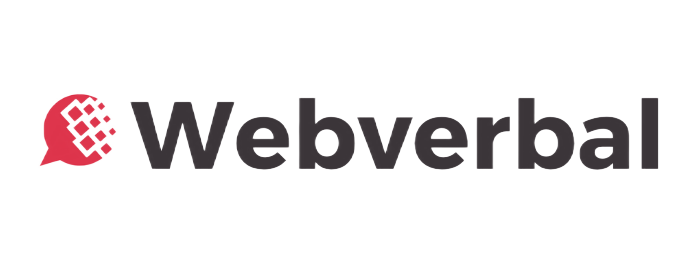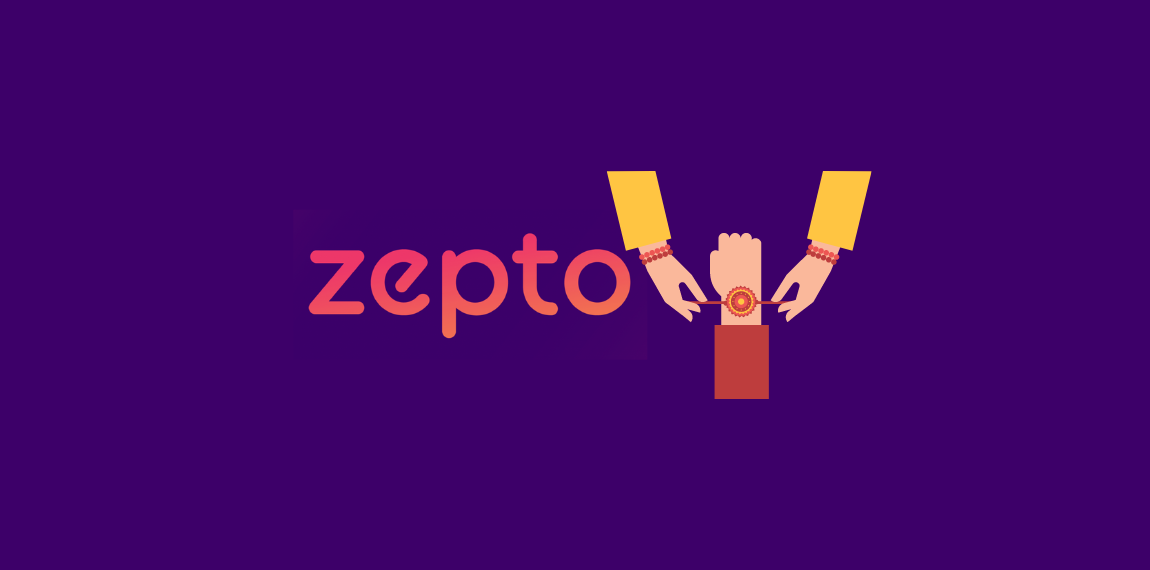Table Of Content
- 1. Speed and Convenience Redefined
- 2. New Business Models and Opportunities
- 3. Expansion of E-commerce to New Segments
- 4. Increased Consumer Loyalty
- 5. Competitive Advantage for Early Adopters
- 6. Pressure on Traditional Logistics
- 7. Sustainability and Efficiency
- 8. Future of Festive Commerce
- 9. Urbanization and Tier-II, III Expansion
- 10. Shaping Consumer Behavior
- Conclusion
Can you imagine? Zepto has delivered over 1.4 million “Shagun ka Lifafas” across India during Raksha Bandhan, showcasing the incredible power of quick commerce (q-commerce). With its delivery partners covering a distance equivalent to 69 times the Earth’s circumference, Zepto not only met but exceeded customer expectations during one of India’s most cherished festivals.
This achievement, coupled with the sale of a record-breaking 671,023 Rakhis, highlights how q-commerce is revolutionizing the Indian e-commerce landscape and setting new benchmarks for the future of retail.
As quick commerce continues to gain momentum, Zepto’s success story is a clear indicator of its transformative impact on the way consumers shop and how businesses operate. The ability to deliver products at lightning speed is no longer just a luxury but is becoming a standard that is reshaping the future of e-commerce in India.
As q-commerce continues to gain traction, it is poised to revolutionize India’s e-commerce sector by redefining speed, convenience, and customer satisfaction. Zepto’s ability to execute large-scale operations with such efficiency is a clear indicator of the growing importance of quick delivery systems in driving the next phase of growth for Indian e-commerce.
Zepto’s Raksha Bandhan delivery success is a clear testament to the transformative potential of quick commerce (q-commerce) in India’s e-commerce sector. By delivering Rakhi orders within minutes, Zepto not only met customer expectations during a high-demand festival but also demonstrated the immense possibilities that q-commerce holds for the future of Indian e-commerce.
Here’s how q-commerce is set to revolutionize the sector:
1. Speed and Convenience Redefined
Q-commerce is all about ultra-fast delivery—typically within 10 to 30 minutes. This speed redefines customer expectations, making quick and convenient delivery a standard rather than a luxury. Consumers no longer have to plan their purchases days in advance; they can shop on impulse, knowing their products will arrive almost instantly.
2. New Business Models and Opportunities
The success of q-commerce encourages the emergence of new business models. Startups and established players alike are likely to invest in micro-warehousing, real-time inventory management, and hyper-local delivery networks. These innovations not only enhance delivery speed but also open up opportunities for niche products and services that were previously unviable.
3. Expansion of E-commerce to New Segments
Q-commerce has the potential to penetrate segments traditionally underserved by e-commerce, such as fresh groceries, pharmaceuticals, and everyday essentials. With quick delivery, consumers are more likely to use online platforms for daily needs, expanding the reach of e-commerce beyond non-perishables and high-value items.
4. Increased Consumer Loyalty
By consistently delivering on the promise of speed and reliability, q-commerce can significantly boost customer loyalty. Consumers who experience seamless and rapid delivery are more likely to become repeat customers, driving higher retention rates and increasing the lifetime value of each customer.
5. Competitive Advantage for Early Adopters
Companies like Zepto that are early adopters of q-commerce will likely gain a significant competitive edge. Their ability to meet urgent customer demands swiftly sets them apart from traditional e-commerce players, forcing others to adapt or risk losing market share.
6. Pressure on Traditional Logistics
The rise of q-commerce will inevitably put pressure on traditional logistics and supply chain models, pushing them to evolve. Companies may need to rethink their supply chain strategies, investing in technology, automation, and localized distribution to keep pace with consumer expectations.
7. Sustainability and Efficiency
While q-commerce prioritizes speed, it also encourages efficiency in the supply chain. Smaller delivery radii and localized warehousing reduce the carbon footprint associated with long-haul deliveries. As q-commerce scales, companies may invest in eco-friendly packaging and electric vehicles, aligning with sustainability goals.
8. Future of Festive Commerce
Zepto’s Raksha Bandhan success highlights the potential for q-commerce during festive seasons and special occasions. Consumers often make last-minute purchases during festivals, and q-commerce ensures they don’t miss out on these crucial moments. This capability could reshape how Indians shop for festivals, driving e-commerce sales even further.
9. Urbanization and Tier-II, III Expansion
Q-commerce is currently concentrated in urban areas, but as infrastructure improves, it will expand to Tier-II and Tier-III cities. This expansion will democratize access to quick delivery, making it a pan-India phenomenon rather than a privilege limited to metro cities.
10. Shaping Consumer Behavior
The success of q-commerce will shape consumer behavior, making instant gratification a norm. As consumers get accustomed to quicker delivery times, their shopping habits will evolve, with a preference for platforms that offer faster service. This shift will have a lasting impact on the e-commerce landscape.
Conclusion
Zepto’s Raksha Bandhan delivery success is just the beginning of what q-commerce can achieve in India. As this model gains traction, it will revolutionize the e-commerce sector by setting new standards for speed, convenience, and customer satisfaction. The future of Indian e-commerce is fast, flexible, and highly responsive to consumer needs, and q-commerce is at the forefront of this transformation.




